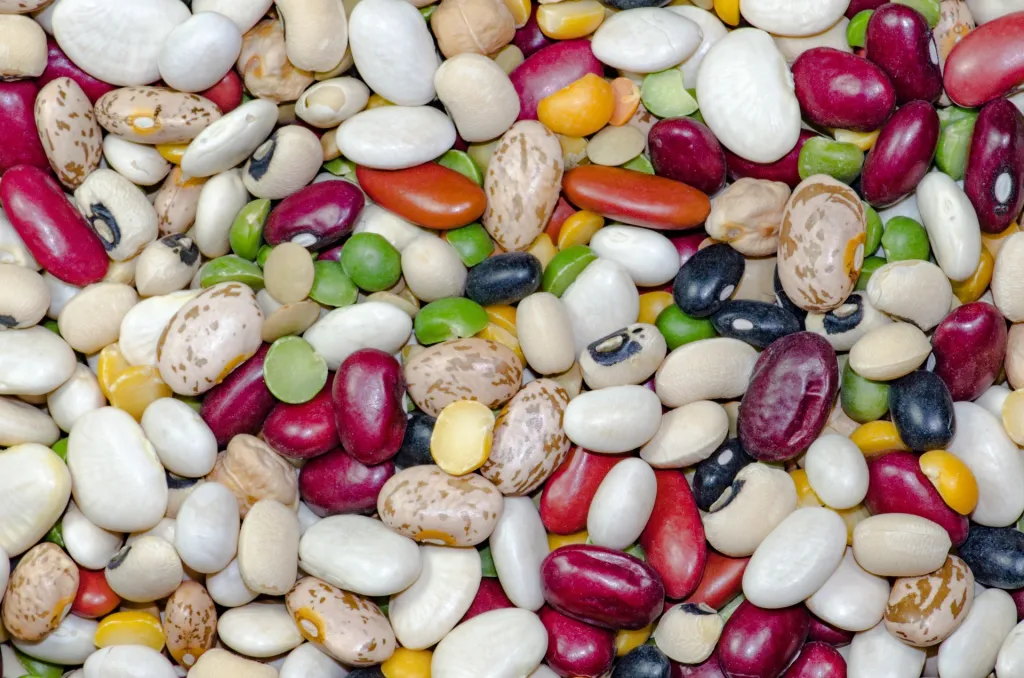From The Arusha News Reporter in Hanang.
Tanzanian researchers have once again proved the old adage that necessity is the mother of invention. For some time now, they have been developing new varieties of beans that are drought- and pest-resistant, richer in nutrients and higher yielding – promising to be a game-changer in legume farming.
The varieties – TARI Bean 6, Selian 13 and Uyole 18 – were recently introduced to smallholder farmers in Hanang District, Manyara Region.
One of the farmers, Jumanne Gwajida, who hosted a demonstration plot in Dawar village, remarked: “I’ve never seen beans grow this well. More pods, healthier plants – I’m confident this will increase my family’s income.”
The varieties are the result of joint research by the Tanzania Agricultural Research Institute (TARI), Farm Africa, the Alliance of Bioversity International and CIAT (The Alliance) and the Pan-Africa Bean Research Alliance (PABRA). Demonstration plots enabled farmers to compare the improved varieties against traditional ones under real conditions.
According to Esther Cheyo of The Alliance, the new varieties were developed to address critical challenges such as low yields, climate stress and disease.
“They mature faster, produce more pods and are nutritionally superior – TARI Bean 6, for instance, is higher in iron,” she said.
The event also featured training sessions on agronomic best practices, including proper spacing, soil management and post-harvest handling. Agricultural extension officers were present to provide expert advice and respond to farmers’ questions.
“This field day has opened farmers’ eyes,” said Ansela Urassa, Dawar’s Agricultural Extension Officer. “We’ve shown that quality seeds and good farming techniques can change lives. We’ll continue supporting farmers with training and follow-up.”
TARI researcher Nestory Shida urged farmers to place early seed orders and adopt the recommended practices.
He also stressed the need for TARI Selian to scale up seed multiplication to meet the increasing demand. It remains unclear when the varieties will be available on the market at scale.



